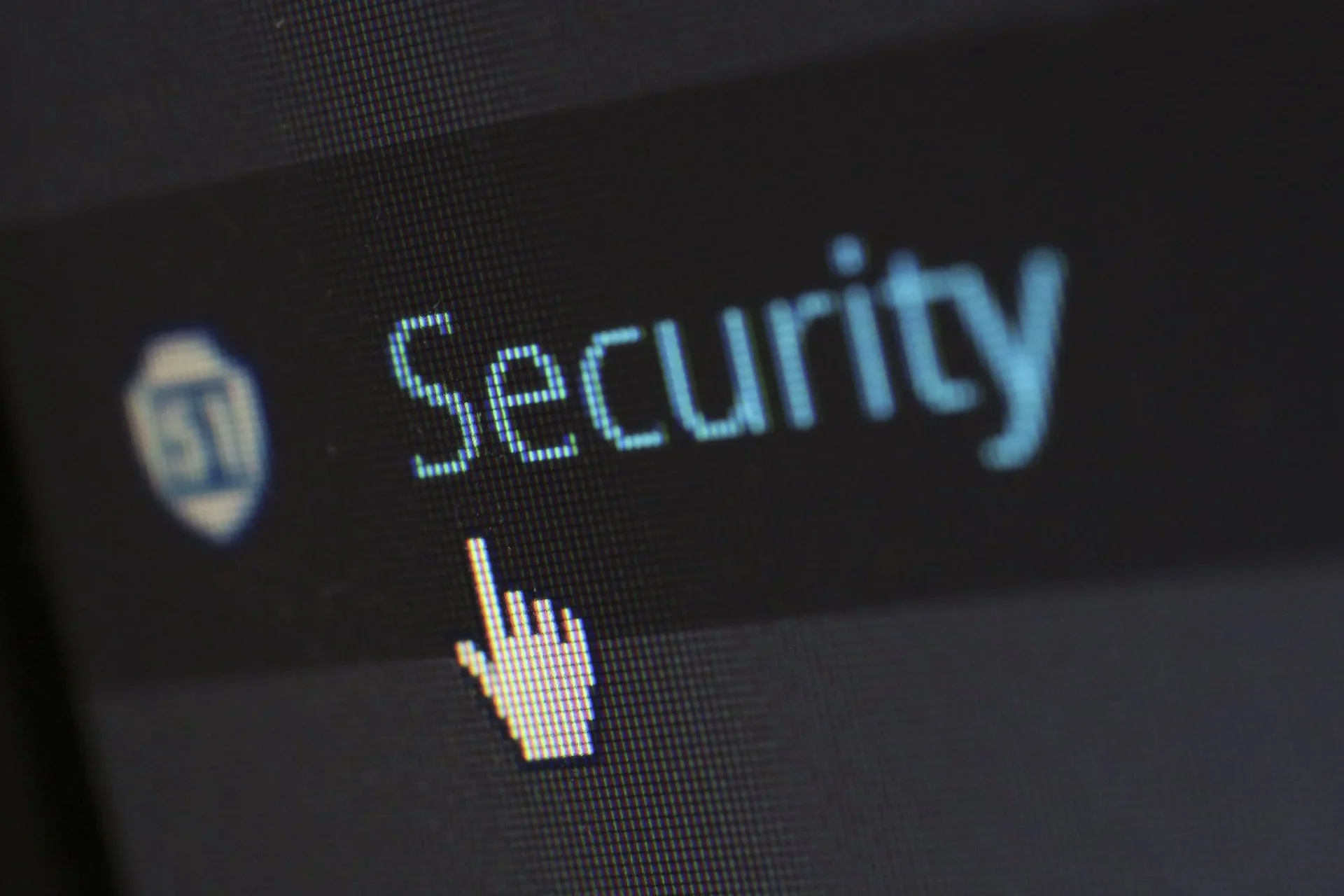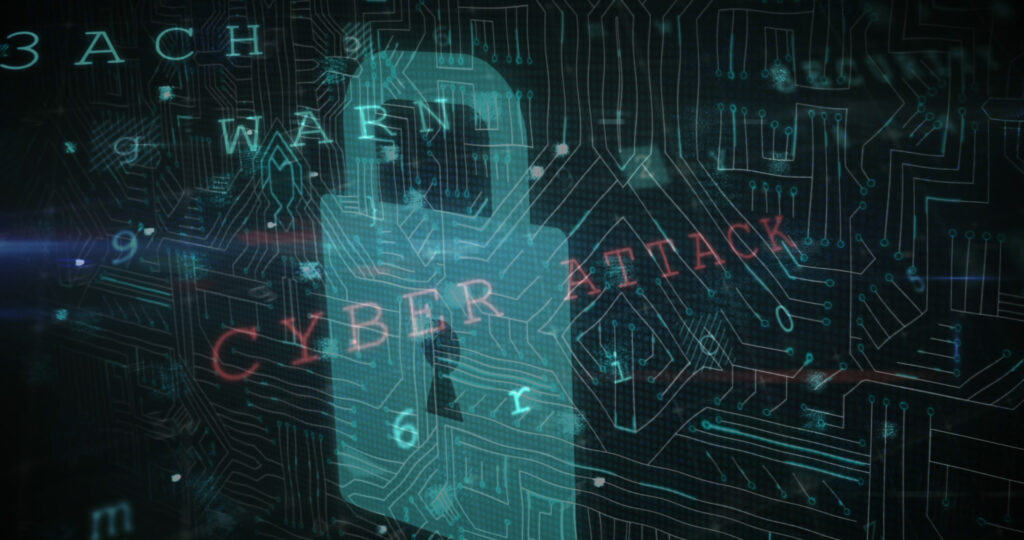The frequency of cyberattacks targeting small businesses is rising in today’s interconnected world. These incidents can disrupt operations, compromise sensitive data, and lead to severe financial repercussions. Consequently, cybersecurity is no longer merely a choice—it’s an absolute necessity. Small businesses must be equipped with the right strategies and tools to shield their digital assets from potential threats effectively.
Cybersecurity Threats for Small Businesses
Small businesses often underestimate their susceptibility to cyberattacks. In reality, the digital landscape leaves no one untouched, with businesses of all sizes susceptible to various cyber threats. From cunning phishing scams to ruthless ransomware attacks, these adversaries can wreak havoc on your operations, resulting in devastating consequences such as data breaches, substantial financial losses, and harm to your reputation.
In today’s interconnected age, any business is a manageable size to be targeted. Acknowledging this perpetual threat and proactively establishing robust cybersecurity measures to protect your enterprise is imperative.
Cybersecurity Best Practices for Your Small Business
As a small business owner, securing digital assets should be a top priority. Cybersecurity is intricate and ever-changing, but implementing the right practices can substantially reduce your vulnerability to cyber threats.
Here are fundamental cybersecurity best practices to fortify your business’s defenses:
Employee Training and Awareness
Your employees serve as the first line of defense against cyber threats. Providing them with cybersecurity education and awareness training is of utmost importance. Equipping your team with knowledge about potential threats and how to identify them empowers them to make informed decisions that safeguard your business’s cybersecurity.
Password Management
Weak passwords are an open invitation to cybercriminals. It is essential to encourage your team to create strong, unique passwords for their accounts. Additionally, implementing Two-Factor Authentication (2FA) whenever feasible is wise. 2FA adds an extra layer of security, making it considerably more challenging for unauthorized individuals to access your systems.
Regular Software Updates
Cybercriminals often exploit vulnerabilities in outdated software. Keeping your software up to date is a fundamental defense mechanism. Streamlining the update process through automation enhances efficiency and ensures the continual security of your systems.
Firewall and Antivirus Software
Firewalls act as vigilant gatekeepers, monitoring incoming and outgoing network traffic to filter potential threats. Pairing them with dependable antivirus software is equally essential. Properly configured firewalls and robust antivirus solutions collaborate effectively to safeguard your digital fortress against intruders.
Data Backup and Recovery
The prospect of losing all critical data to a malicious cyberattack is a nightmare. Data backups are your lifeline. Make sure you regularly back up your data and conduct routine tests to verify that restoration guarantees preparedness for worst-case scenarios.
Network Security
Your Wi-Fi network can serve as a vulnerable entry point for cybercriminals. Securing your Wi-Fi networks is imperative. Consider implementing Virtual Private Networks (VPNs) for an additional layer of security, rendering it more challenging for cyber intruders to gain access.
Access Control and User Privileges
To minimize the risk of insider threats, stringent control over who accesses sensitive information is vital. Regularly reviewing and adjusting user privileges ensures that only authorized personnel can access critical data and systems.
Incident Response Plan
Irrespective of how robust your cybersecurity defenses may be, incidents can still transpire. Having an incident response plan in place is essential. Developing an incident response team and formulating the necessary steps to mitigate the impact of a cyberattack is paramount.
Preserving Your Reputation
As a small business owner, investing in cybersecurity is not just about safeguarding your digital assets; it’s about preserving your reputation and the trust of your clients. By implementing these practices, you proactively defend your business against cyber threats, ensuring resilience in an ever-changing digital landscape.
Choosing the Right Cybersecurity Tools
Selecting the appropriate cybersecurity tools is indispensable. These tools come in various forms, from endpoint security to intrusion detection systems (IDS) and security information and event management (SIEM) solutions. The right tools can make a significant difference in securing your business.
Factors to Consider When Choosing Cybersecurity Tools
When choosing cybersecurity tools, it’s essential to consider factors such as compatibility with your business’s needs and budget considerations. The right tools should enhance your security within your financial capacity.
Compliance and Regulations
Small businesses must comply with relevant regulations. Regulations like the General Data Protection Regulation (GDPR), Health Insurance Portability and Accountability Act (HIPAA), and Payment Card Industry Data Security Standard (PCI DSS) impact various aspects of business operations and data management.
To ensure compliance, it’s imperative to understand the regulations affecting your business and adhere to best practices in data handling, protection, and reporting. This can be done in the following ways:
Monitoring and Threat Detection
Being proactive in your cybersecurity approach is pivotal. Continuous monitoring and early threat detection are fundamental to avoiding potential attacks.
Recognizing Warning Signs
Recognizing the warning signs of a cyberattack is critical. Awareness of these red flags enables swift responses, minimizing damage and recovery time.
The Importance of Early Threat Detection
Early detection can be a game-changer in cybersecurity. It enables swift responses and has the potential to prevent extensive breaches. To detect threats early, consider the following:
Vendor and Third-Party Risk Management
Your internal practices aren’t the sole factors impacting cybersecurity. Vendor and third-party risks must also be identified and mitigated. Mitigating vendor and third-party risks entails due diligence in evaluating their security practices and ensuring alignment with your business’s security requirements.
Training and Educating Employees
As a small business owner, investing in the education and training of your employees is vital. Your team plays a significant role in your cybersecurity. Make sure the training remains ongoing, as ongoing training informs your team about evolving threats and equips them with the knowledge to identify and address potential issues.
Creating a Culture of Vigilance
Fostering a culture of cybersecurity awareness within your organization is essential. A vigilant team is your best defense.
Simulated Phishing Tests
Simulated phishing tests are an effective way to educate your team. These tests help employees recognize and respond to phishing attempts, reducing the risk of falling victim to such attacks.
As a small business owner, prioritizing cybersecurity is your responsibility. For tailored cybersecurity solutions and further guidance, we encourage you to reach out to us at CMIT Solutions of Arlington, your trusted partner in safeguarding your digital fortress. Your business deserves the best protection, and together, we can build a more secure digital future. Contact us today to protect what matters most.




